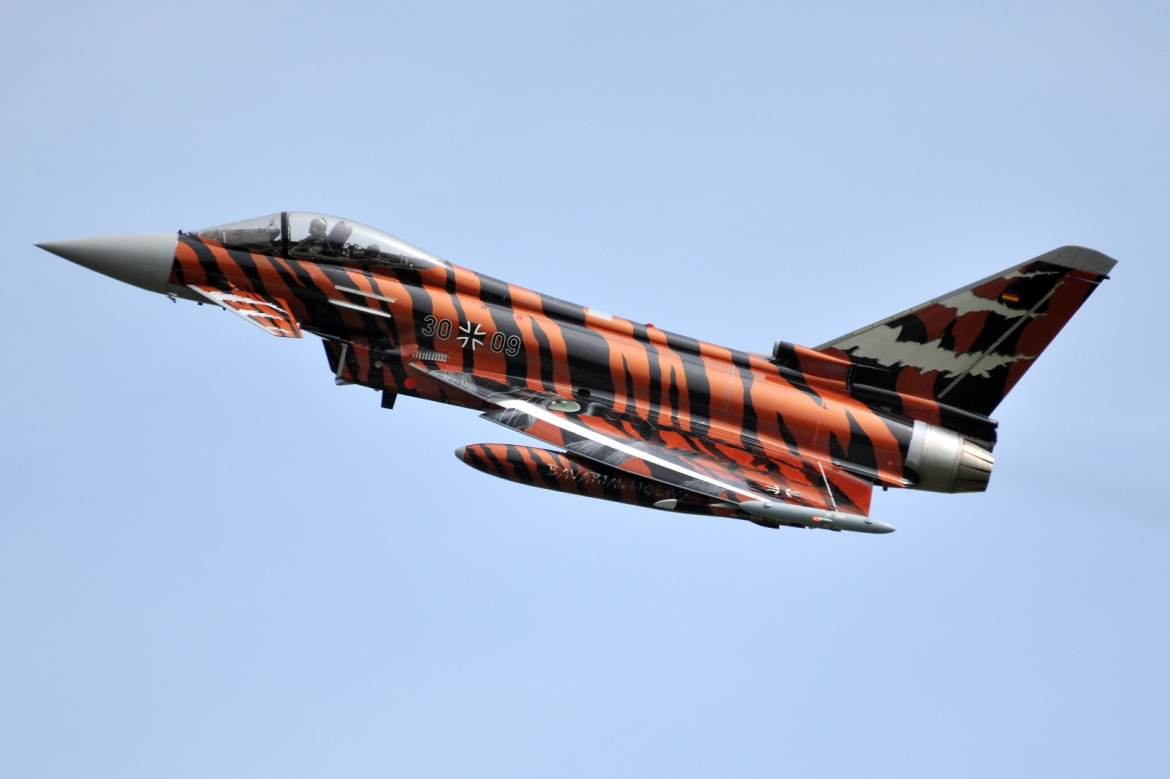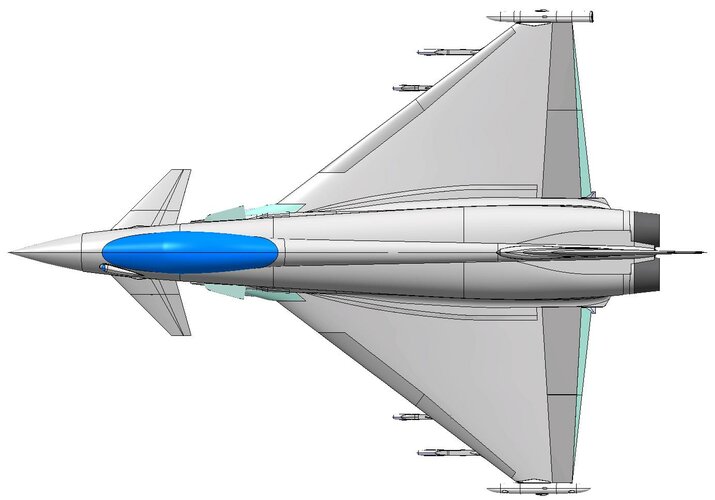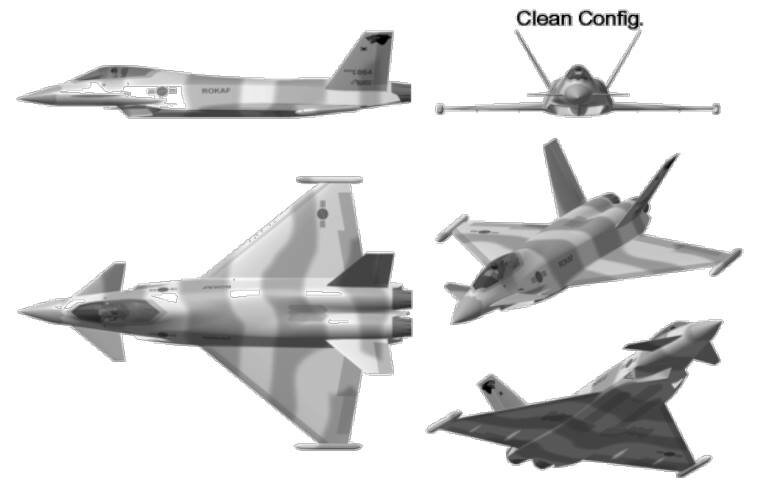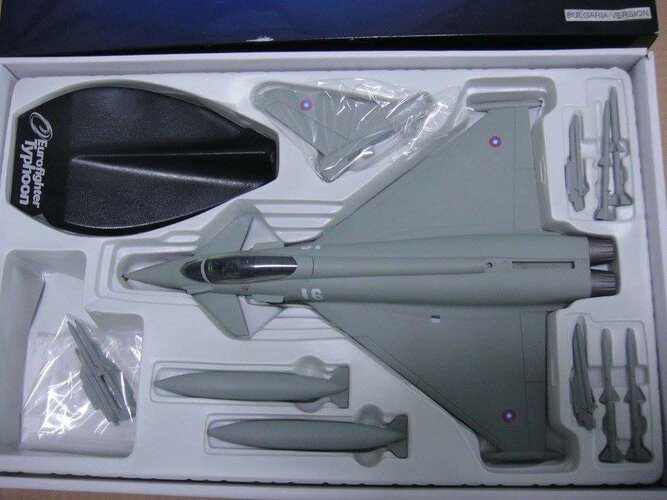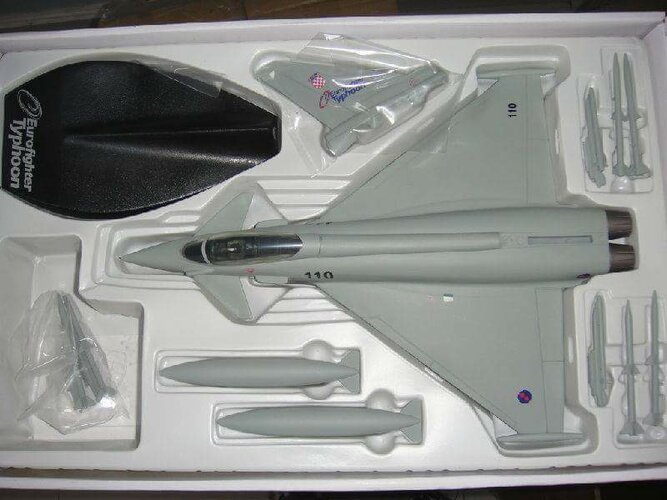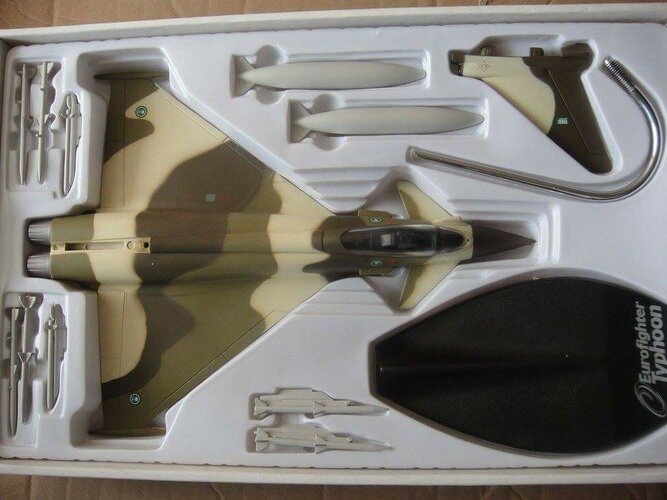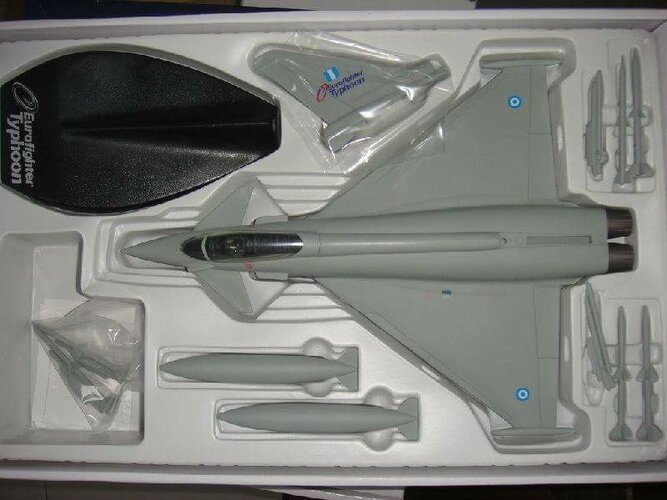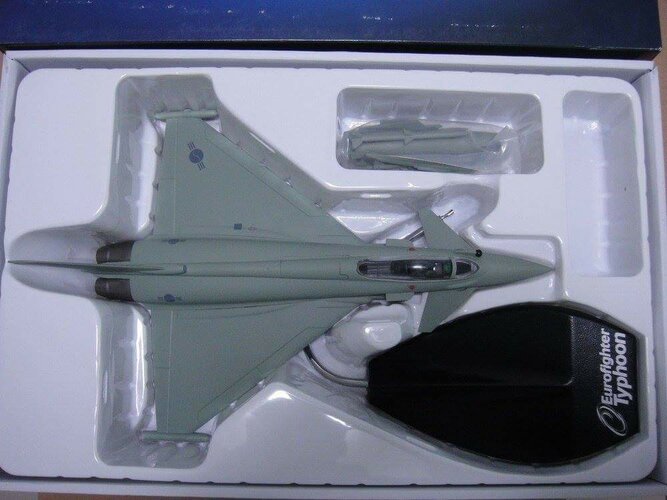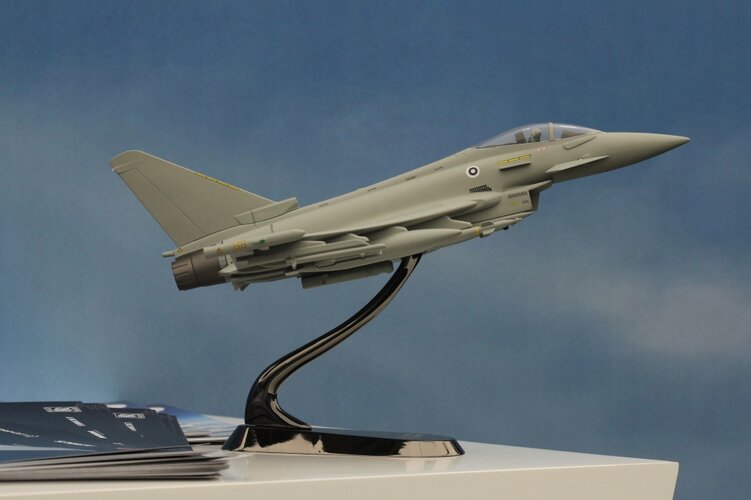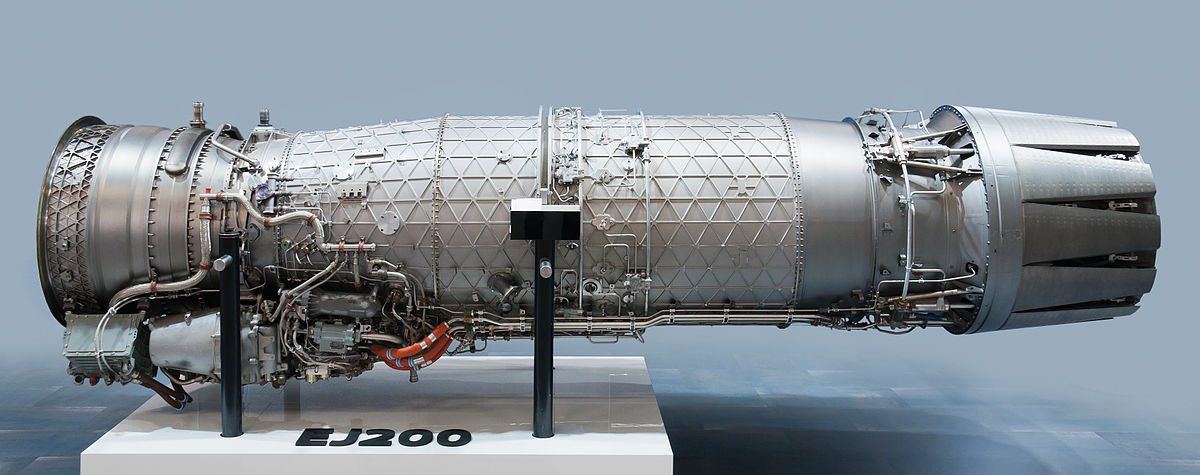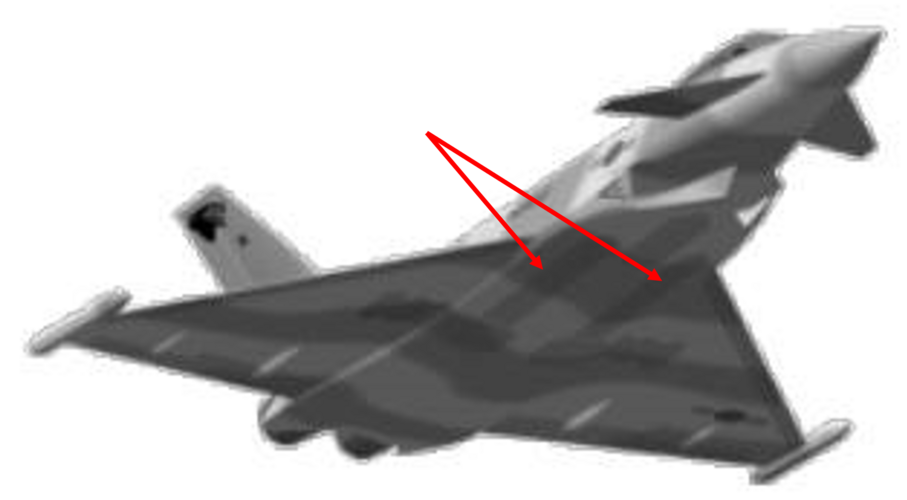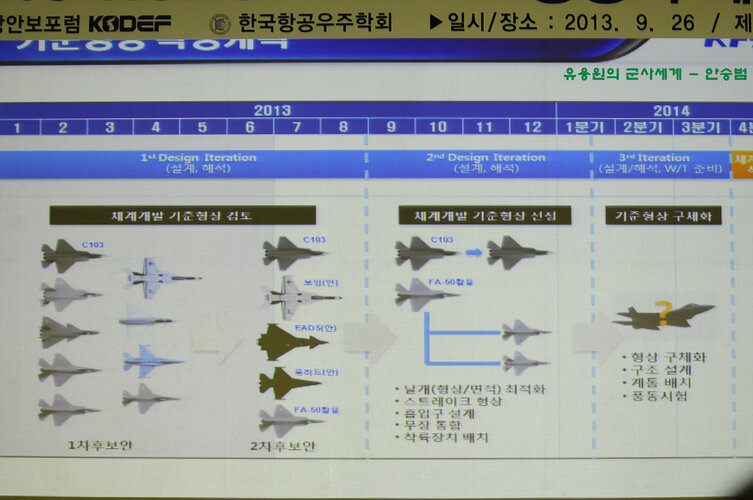EUROJET INVESTIGATES EJ200 DERIVATIVES
PROPULSION TECHNOLOGY
STANLEY W. KANDEBO
MUNICH
The Eurojet group is investigating whether its EJ200 could provide the basis for engines that could power alternatives to the embattled European Fighter Aircraft.
The propulsion study and a complementary aircraft investigation were begun in late July because of Germany's threatened withdrawal from the four-nation EFA program. German Defense Minister Volker Ruehe has repeatedly stated that the EFA partners should substitute a lighter, less expensive aircraft (AW&ST July 6, p. 20).
Program officials said the purpose of the studies is to assess the cost and performance of derivative engines and airframes based on the EJ200 and EFA, respectively. However, they also are seeking to determine how much of the research and development investment could be salvaged if a lighter EFA were to go into production.
The studies are scheduled for completion in mid-October and are being performed at the request of NEFMO, the NATO European Fighter Aircraft Development, Productions and Logistic Management Organization. NEFMO serves as the contracting agency for the multinational group that is designing and producing the EFA and EJ200.
In parallel to these cost and performance analyses, EFA member nations Britain, Germany, Italy and Spain also are reevaluating the military requirements that led them to develop the EFA (AW&ST Aug. 10, p. 19). Unless the military requirements for the aircraft change, the design is likely to stay fixed, program officials said.
However, given the budget pressures in Germany, the technical criteria for the aircraft could be strongly influenced by political concerns.
Under the cost and performance studies, Eurojet is examining powerplants with thrust levels 10-20% above and below that of the EJ200. The lower thrust engines could support a twin-engine, lighter-weight aircraft, while the higher thrust engines could power a single-engine EFA derivative, officials said.
Rolls-Royce deputy chairman and chief executive, Sir Ralph Robins, has said versions of the EJ200 could be used to reengine Panavia Tornados, Lockheed F1 17s and McDonnell Douglas F/A-18s. Rolls-Royce also has had discussions with Northrop.
Rolls has a 33% share in the Eurojet group. Other members are Italy's Fiatavio (21%), Spain's ITP (13%) and Germany's MTU (33%).
The current EJ200 specification calls for a powerplant capable of generating 1 3,500 lb. of dry thrust and 20,000 lb. in afterburner. However, if thrust requirements changed as much as now being studied, "it could mean just scaling, but that's not always easy to do. It really means a different size engine," program officials said.
Additionally, any significant change in thrust will affect funding. "If the need to change the thrust of the engine happened a couple of years ago when we were at the point of demonstration, the change would not greatly affect the program. That's not the case now," they said.
EJ200 TESTS have reached the point where flight clearance is expected near the end of the year. Plans now call for the EJ200 to power the third EFA prototype. The first two aircraft will be powered by Turbo-Union RBI 99s. Twenty-eight EJ200s will eventually support the threeyear Eurojet flight test program.
The EJ200 demonstrator and full-scale development engines have accumulated more than 160 hr. in tests. Powerplants run under simulated service conditions have demonstrated they are robust enough to last about four times as long as contractually required. "The development program is on track, the engine is meeting its milestones and the development contract is solid," Michael J. Roberts, Eurojet's managing director, said.
The program, though, has not been perfect, he added. "Earlier this year we
had blade vibration and stress problems in the compressor. But rig tests of a compressor incorporating improvements indicated about two months ago that the problem has been corrected," he said.
One additional, lingering problem has been the digital engine control units. "In broad terms, the problem is hardware, not software. The hardware must be light enough and reliable enough for flight test and it is not," Roberts said.
The control unit has not affected development or test of the engine because the problem is solely with flight weight hardware, he added.

